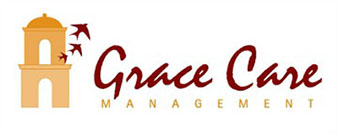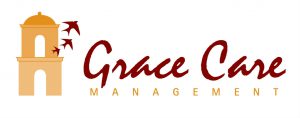 According to the National Institute of Health in 2011, “50 percent of older adults who live on their own and 75-80 percent of elders living in facilities are suffering from chronic pain (www.nlm.nih.gov).” Much of it is undertreated.
According to the National Institute of Health in 2011, “50 percent of older adults who live on their own and 75-80 percent of elders living in facilities are suffering from chronic pain (www.nlm.nih.gov).” Much of it is undertreated.
Pain in elderly patients is not always assessed properly, and may be under reported. According to two reports in “Rx Consultant” and “Journal of Pain and Palliative Care Pharmacotherapy,” 30% of people with moderate pain and more than 50% of those with severe chronic pain are not receiving adequate therapy.
Kathryn Hahn, pharmacist and affiliate faculty member at Oregon State University and the Chair of the Oregon Pain Management Commission says, “Many people suffer needlessly with pain that could be treated.” She goes on to say “it’s worse with the elderly and Medicare patients.” Senior citizens are under treated for pain far more often than younger patients.
Undertreated pain leads to other problems, including reduced quality of life, decreased socialization, depression, sleep disturbances, cognitive impairment, and malnutrition. For a population already vulnerable because of aging, the costs incurred by more frequent physician visits and hospitalizations can be financially devastating.
Health professionals have a moral imperative to help elderly people in pain.
The management of pain in geriatric patients can be complicated by the changing physiology that occurs with aging. Older people are also more likely to be living with multiple chronic diseases, necessitating many daily medications, thereby increasing the risk of negative drug-disease and drug-drug interactions. Older patients often show atypical presentations of pain. Depression can also play a role in the assessment and treatment of pain. For a number of reasons, many older people choose not to report their pain. Often they are afraid that they will be involuntarily hospitalized or subjected to invasive procedures if they report pain.
Older people are often misinformed about the aging process, analgesics, pain management, and opioid addiction. Too frequently, elderly patients do not report their pain because they fear retaliation, the possibility of addiction, or loss of respect. They may be stoical or believe that pain is a natural part of aging.
They are not the only ones misinformed about pain management. Some health care professionals erroneously believe that the elderly are less sensitive to pain, or give weak doses of pain medications for fear that older patients will not tolerate opiods. They may even equate pain management with fear of addiction.
The good news is that in recent years there’s been a very positive development in the increase of “palliative care” programs, who now provide more sophisticated pain management to the elderly or chronically ill outside of hospice.
Without a doubt there is an art to prescribing the right kind of pain medication, at the right amount and at the right time in order to avoid over-sedation and increased fall risks with the vulnerable geriatric population. Good pain management requires accurate and continual observation and titration in order to achieve the desired results. The fact that pain management takes sustained attention, communication and creativity in order to find the right answer should not justify abdication of the responsibility to adequately treat pain in the elderly.
Geriatric Care Managers and elder care advocates of all kinds need to be especially committed to pain management through the education of health professionals, as well as the general public.


